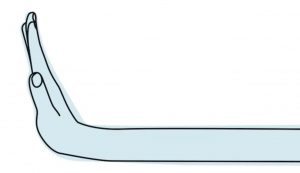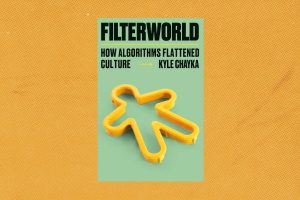[Book] Connect: Design for an Empathic Society

Connect: Design for an Empathic Society
by Sabine Wildevuur, Dick van Dijk, Thomas Hammer-Jakobson, Mie Bjerre, Anne Äyväri and Jesper Lund
BIS Publishers, 2014
216 pages
[Amazon link]
Abstract
The prospects are clear: we will probably live longer. The number of people aged 65 and up will increase enormously over the next few decades. Society will change as a result, but in what manner?
Europe – and, in fact, probably the world – faces the challenge of preventing loneliness and isolation amongst a growing group of senior people. The oldest part of the population is at particular risk of becoming isolated and lonely as they grow older and their work-related networks erode. While working in the field of technology and aging, the authors discovered that there is a whole new field to be explored, namely the phenomenon of connectedness.
This book is written by a group of authors with very different backgrounds, varying from business, ICT, marketing, anthropology, medicine, design and computer interaction. They all felt the urge to explore this field of connectedness and they discovered new opportunities for the emerging market of “aging-driven design”.
Design for connectedness is about support for behavioral change that increases connectedness in day-to-day routines. It’s not about encouraging a completely novel set of behaviors. Rather, it is about supporting human connections, especially during major transitions in life such as retirement.
Authors
Sabine Wildevuur works as Head of Waag Society‘s Creative Care Lab. She has an academic background in Medicine and Mass Communication and works as a programme manager, researcher and writer. She is passionate about innovation in the interdisciplinary field of healthcare, design, the arts, new media and ICT.
Dick van Dijk is Creative Director at Waag Society. He is interested in the crossover between virtual and physical interactions, in creating a narrative space, a place for imagination. Dick has a background in Business Economics and History of Art and is currently extending his creative skills in the context of an Arts Academy.
Thomas Hammer-Jakobson is Chairman of Copenhagen Living Lab, and has previously held top-level positions in the Danish Broadcasting Corporation for more than 10 years. Thomas is a specialist in welfare innovation. As such he has initiated and led many national and international projects in the field of elderly care and independent living.
Mie Bjerre is a partner at Copenhagen LivingLab, which assists public and private organisations in realising innovation and business potential. Mie has a background in European ethnology, realising while travelling that “understanding cultures, people and why people are doing what they’re doing holds great value when innovating.
Anne Äyväri, D.Sc. (Econ.), currently works as a Principal Lecturer at Laurea University of Applied Sciences, Finland. Her main responsibilities include managing RDI projects aiming at developing services and procedures in the social and health care sector. Her research interests include small firm networks, networking abilities, and learning in networks.
Jesper Lund has worked with digital innovation and user-centric design since 2004. He is currently working as a teacher and researcher at Halmstad University in Sweden, where he has been involved as a researcher in several R&D projects within the health technology field.



